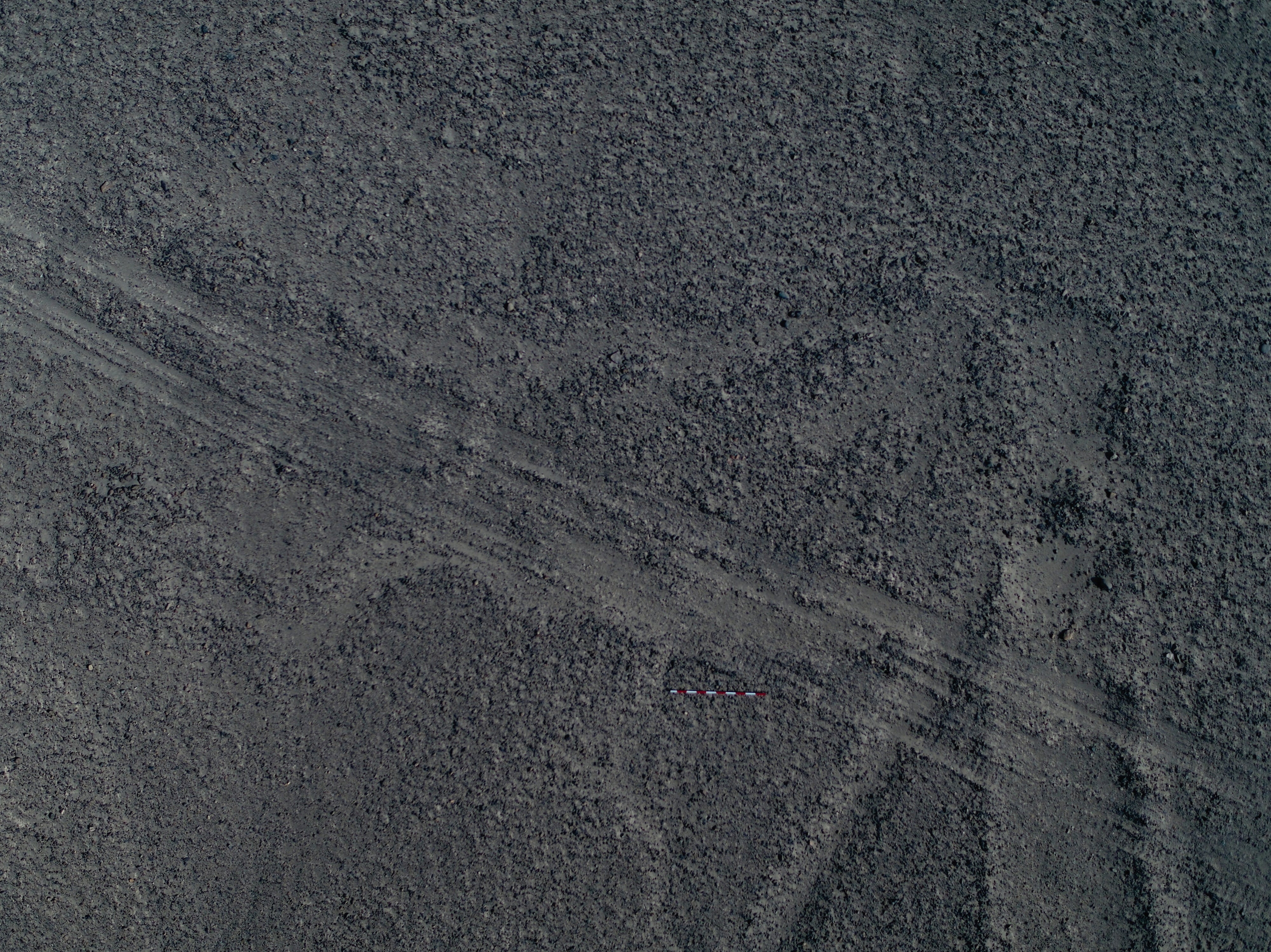
AI has discovered four mysterious huge shapes hidden in the Peruvian landscape - including one alien-like figure.
A study centred on the Nazca Desert in southern Peru, where so-called Nazca Lines - some up to 370m long - have previously been discovered.
The geoglyphs were created between 500 BCE and 500 CE by people making depressions or shallow incisions in the desert floor, removing pebbles and leaving different-coloured dirt exposed.
The new study, authored by Yamagata University Institute of Nasca and IBMJapan, details the deep learning AI model used for a survey of these figurative geoglyphs.
It led to the discovery of four geoglyphs, a strange-looking humanoid, a pair of legs, a fish, and a bird, of which the humanoid was released in 2019.


Previously, aerial photographs covering a vast area would have to be scanned by the naked eye, which “requires a substantial amount of time, posing a challenge in efficiency and scalability.”
The paper shows that deep learning technology enables accelerated identification of geoglyph candidates approximately 21 times faster than humans can achieve.
Yamagata University explain: “Due to the requirement of detecting unconfirmed geoglyph candidates, careful consideration and ingenuity were needed in order to train a deep learning object detection model using training data of very limited quality and quantity.”
Following the success of this feasibility study, the researchers say they are are collaborating with IBM T. J. Watson Research Center to conduct a large scale AI-based distribution survey of geoglyphs across the entire Nasca Pampa.
“In addition, we plan to work with the Ministry of Culture of Peru to implement activities aimed at protecting the geoglyphs discovered using AI,” they add.


Anthropologists, ethnologists, and archaeologists have tried to solve the mystery of the lines by studying the ancient Nazca culture. One hypothesis is that the Nazca people created them to be seen by deities in the sky.
Some of the Nazca lines form shapes that are best observed from the air, at around 500m, although they are also visible from the surrounding foothills and other high places.
One theory, by author Erich von Dänike, is that the lines were built on instructions from extraterrestrial beings as airfields for their spaceships.
The joint study has been published in the international academic journal “Journal of Archaeological Science”.







